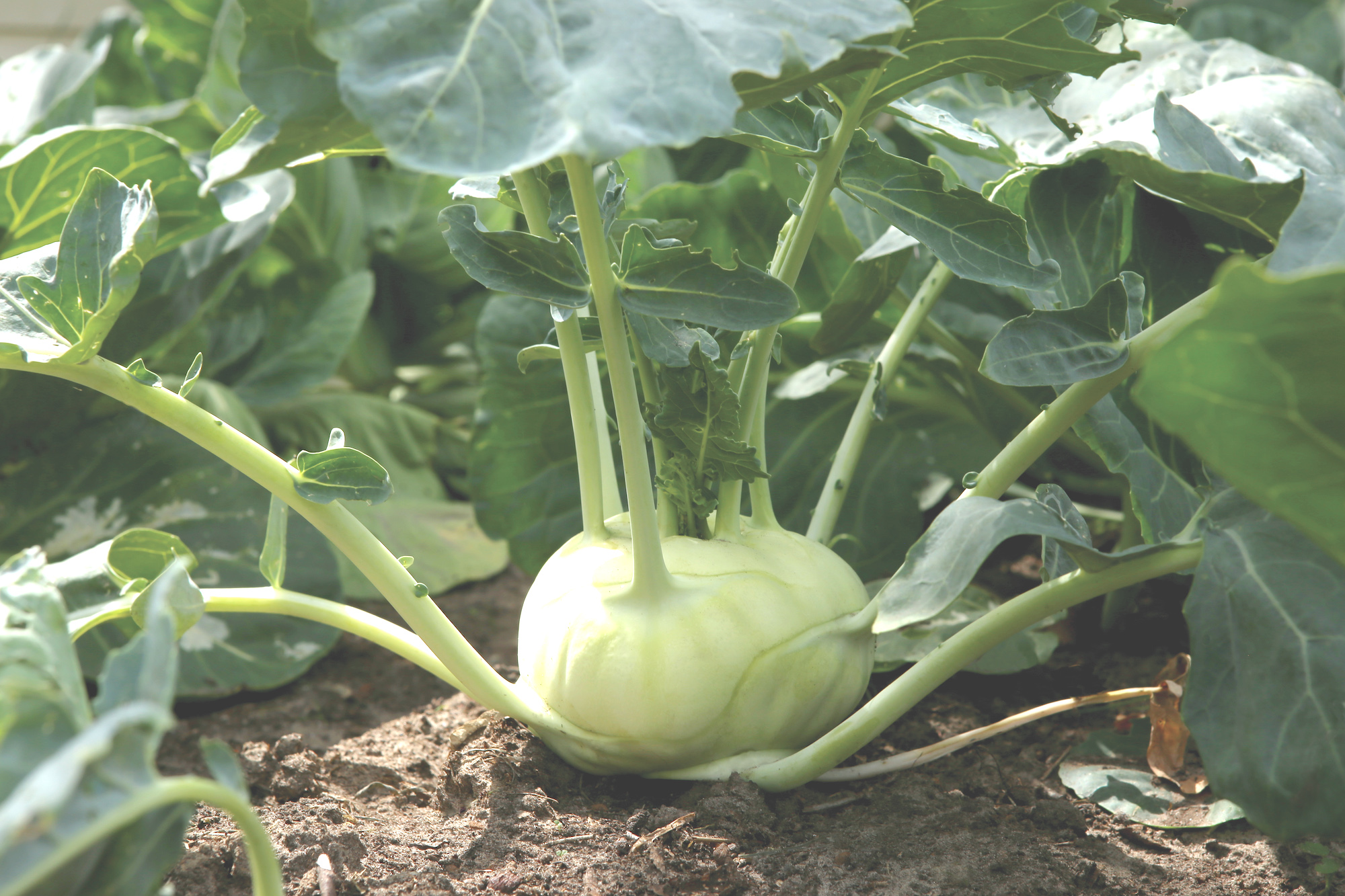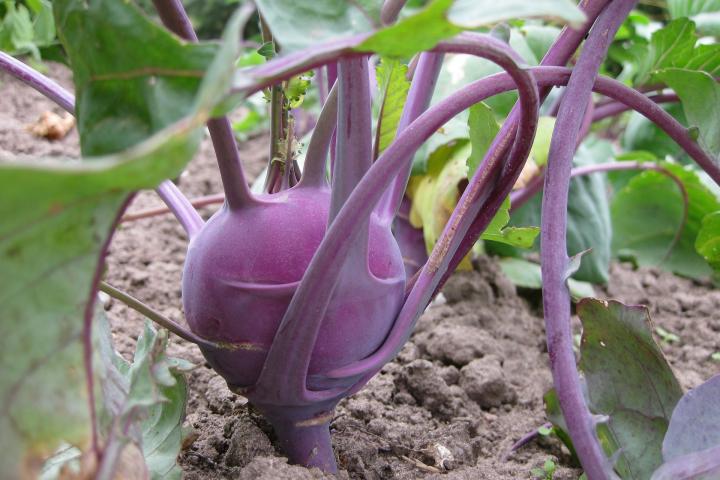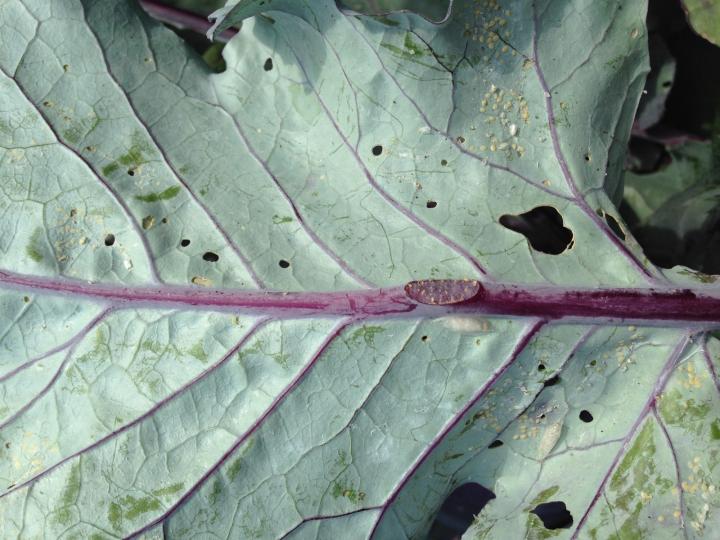
Photo Credit
Pixabay
Botanical Name
Brassica oleracea var. gongylodes
Plant Type
Sun Exposure
No content available.
Subhead
Planting, Growing, and Harvesting Kohlrabi
Cooking Notes
Here’s a simple raw kohlrabi recipe. Peel the bulb (if larger than 3 inches in diameter) and cut into large disks. Put in a bowl. Add salt to taste, juice of 1/2 lime, and chilly pepper. Enjoy!
Or, try adding kohlrabi to a slaw, grating cabbage and carrots and kohlrabi in tender shreds. Add shredded apple or pear and perhaps a radicchio. It’s a nice alternative to plain coleslaw. Toss with salt and sugar to soften them slightly and draw out moisture. Serve with a Dijon-based vinaigrette.
ADVERTISEMENT












Comments